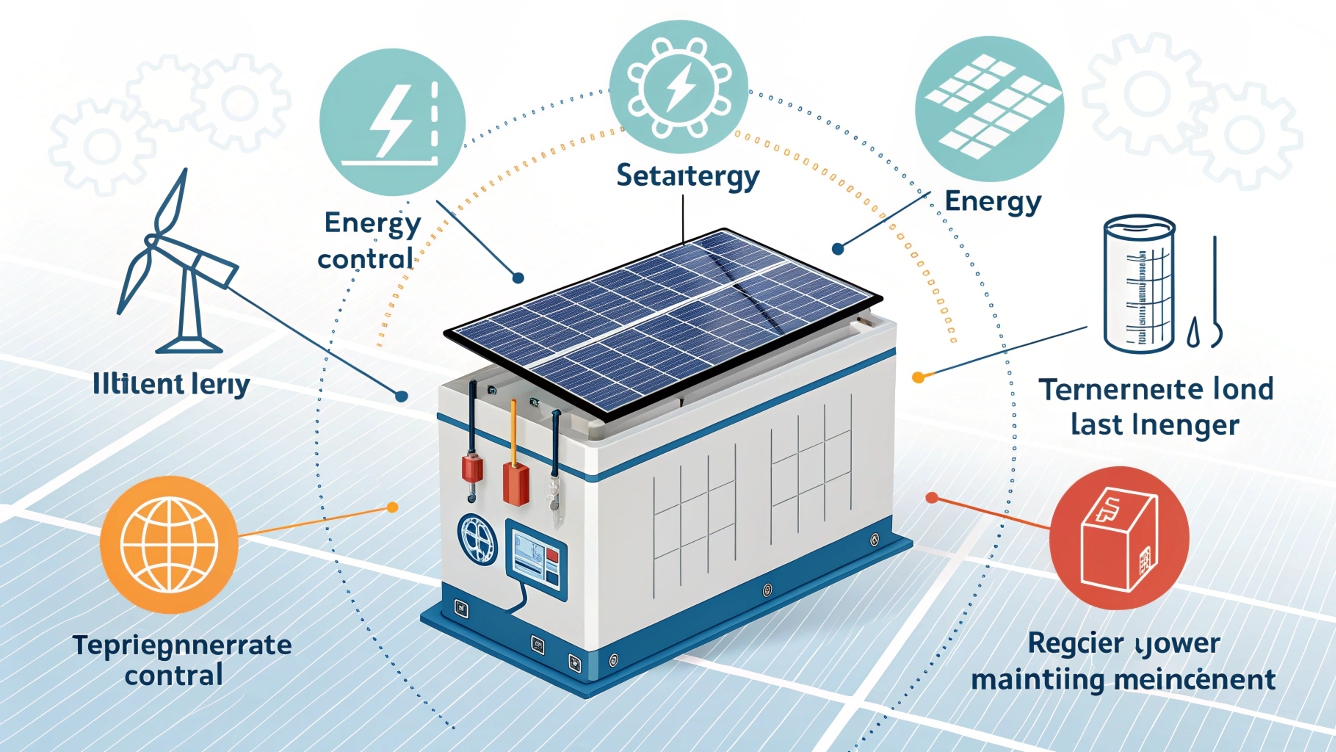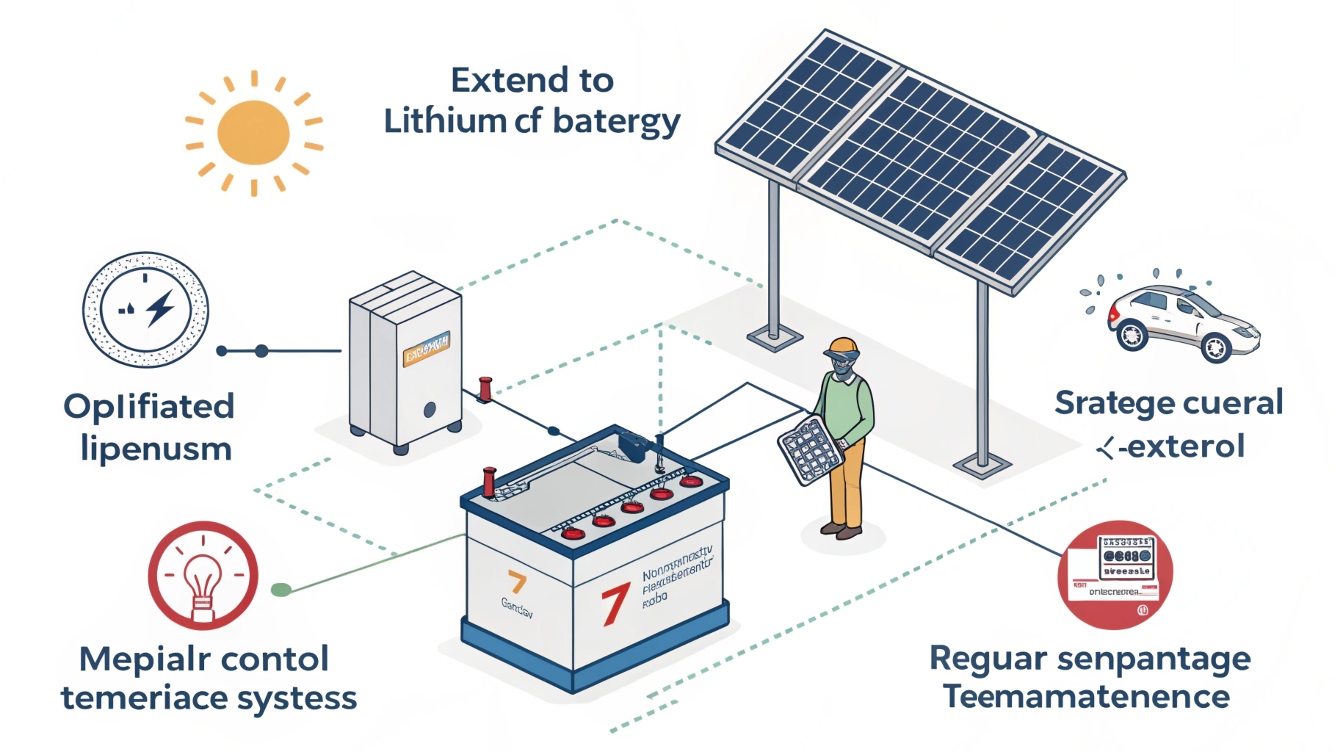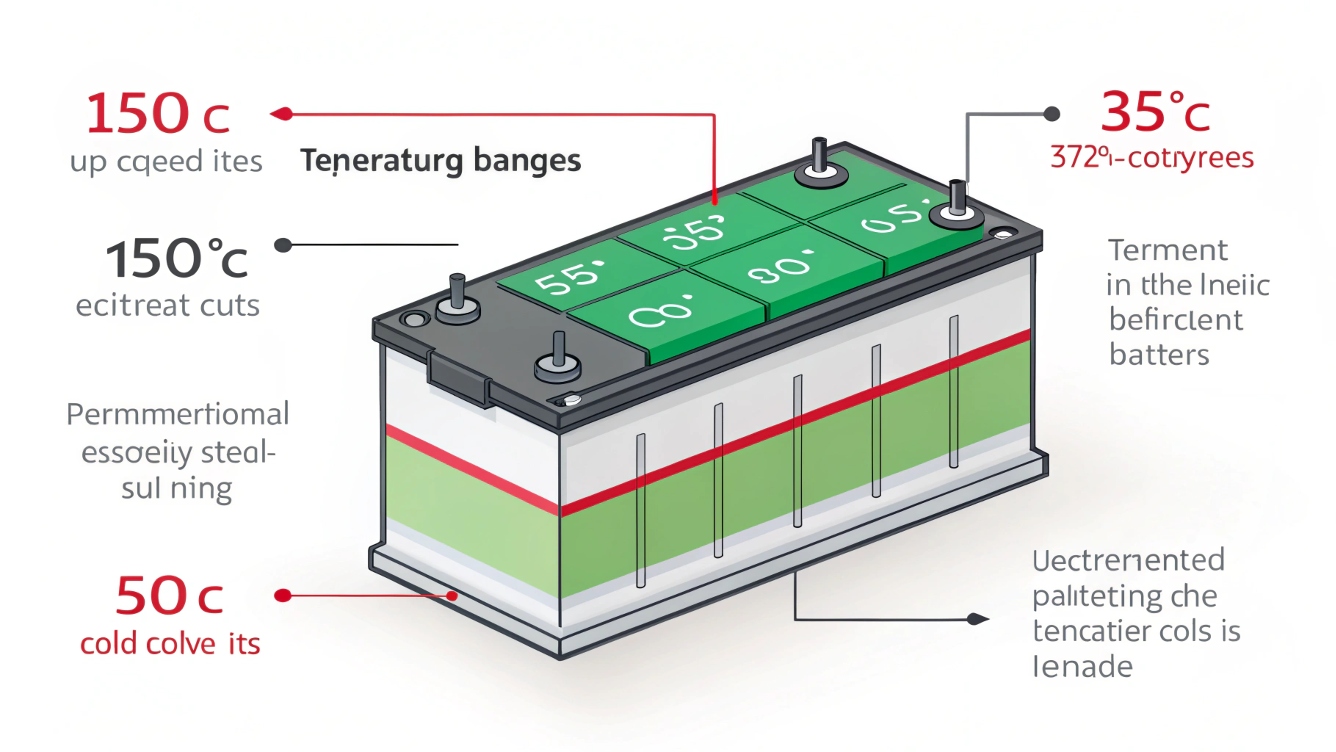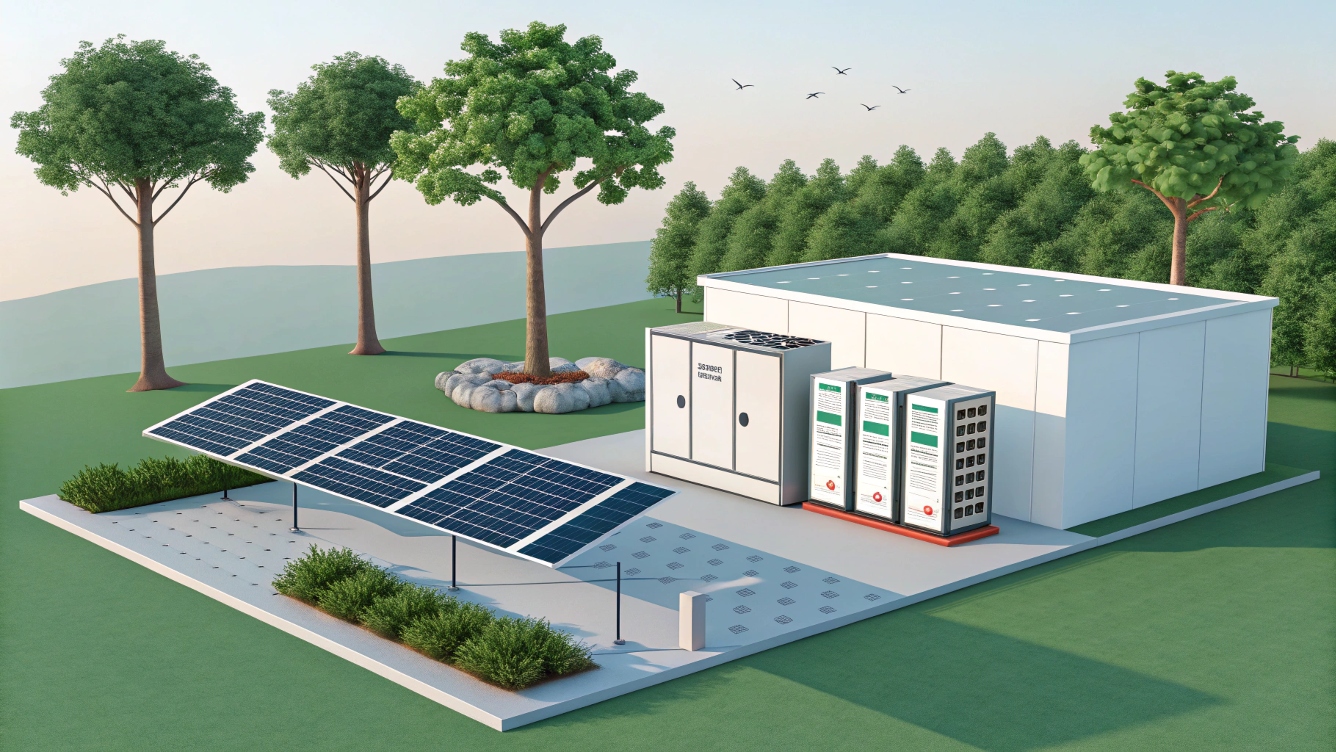Comment faire un Batterie lithium-ion pour le solaire Dure plus longtemps: 7 Stratégies éprouvées
Pourquoi votre Batterie au lithium compatible avec l'énergie solaire Mérite des soins particuliers
Comment faire durer une batterie lithium-ion plus longtemps?
Les batteries lithium-ion sont l’épine dorsale des systèmes d’énergie solaire modernes, offrant une densité énergétique élevée et une longue durée de vie. Cependant, leur durée de vie dépend de la façon dont vous les entretenez. Un LiFePO4 typique (phosphate de fer et de lithium) la batterie dure 6,000+ faire des véhicules 80% profondeur de décharge (Ministère de la Défense)- mais de mauvaises pratiques peuvent réduire ce problème en 50%:citer[4]:citer[6]. Voici comment maximiser la longévité de votre système de stockage solaire au lithium.
1. Optimiser les habitudes de recharge: Le 20-80% Règle
Évitez les charges complètes et les décharges profondes
Les batteries lithium-ion se dégradent plus rapidement à des niveaux de charge extrêmes. Les garder entre 20% et 80% état de charge (SoC) réduit le stress sur les électrodes et les électrolytes. Par exemple:
- Charger 100% quotidiennement réduit la durée de vie du cycle de 20-30% par rapport à 80%:citer[6]:citer[8].
- Décharge ci-dessous 20% accélère le placage au lithium, réduction permanente de la capacité:citer[10].
Pour la pointe: Utiliser un système de gestion de batterie intelligent (GTC) comme notre GYCX Solar BMS pour automatiser les limites de charge et éviter les décharges excessives.
2. Contrôle de la température: Le tueur silencieux
Plage de fonctionnement idéale
Les batteries au lithium prospèrent entre 15°C et 25°C (59°F–77°F). Les températures extrêmes font des ravages:
- Chaleur (>35°C): Accélère la décomposition de l'électrolyte, réduisant la durée de vie de 50%:citer[4]:citer[9].
- Froid (<0°C): Ralentit le mouvement des ions, provoquant une perte de capacité temporaire et des dommages permanents en cas de charge:citer[8].
Solutions:
- Installez les piles à l'ombre, zones aérées.
- Utiliser enceintes à température régulée pour les installations hors réseau dans des climats difficiles.
3. Associer avec Contrôleurs de charge solaire MPPT
Pourquoi ça compte
MPPT (Suivi du point de puissance maximal) les contrôleurs optimisent la production des panneaux solaires tout en protégeant les batteries:
- Ajustez la tension/le courant en fonction des besoins de la batterie.
- Empêcher la surcharge, même en plein soleil.
Étude de cas: Un système solaire de 5 kW utilisant notre scie SolarCharge MPPT 100A 18% durée de vie de la batterie plus longue par rapport aux contrôleurs PWM:citer[9].
4. Adoptez les décharges partielles et la charge lente
Profondeur de décharge (Ministère de la Défense) Lignes directrices
- 50% Ministère de la Défense: Double la durée de vie du cycle par rapport. 100% Ministère de la Défense. Par exemple, une batterie de 10 kWh déchargée à 5 kWh par jour dure 2 fois plus longtemps:citer[6]:citer[8].
- Tarifs: Charge lente (0.5C ou inférieur) réduit le stress des électrodes. Chargement rapide (1C+) augmente la chaleur et dégrade les cellules 30% plus rapide:citer[8].
Pour la pointe: Concevoir des systèmes solaires avec une capacité excédentaire. Une batterie de 200 Ah fonctionnant avec une charge de 100 Ah fonctionne naturellement à 50% Ministère de la Défense.
5. Mettre à niveau vers Systèmes de batterie modulaire
L'évolutivité rencontre la longévité
Piles au lithium empilables vous permettre de:
- Augmentez la capacité à mesure que les besoins énergétiques augmentent, réduire la pression sur les unités individuelles.
- Remplacez les modules vieillissants sans réviser l’ensemble du système.
Exemple: Commencez avec un 5kWh Kit de batterie modulaire GYCX et passer à 20 kWh au fil du temps.
6. Entretien et surveillance réguliers
Tâches clés
- Nettoyer les terminaux: La corrosion augmente la résistance, gaspiller de l'énergie. Utilisez des sprays anticorrosion tous les 6 mois:citer[9].
- Mettre à jour le micrologiciel: Un logiciel BMS moderne améliore l'équilibrage et les diagnostics.
- Vérifier la tension: Les contrôles de tension mensuels détectent rapidement les cellules faibles.
Recommandation d'outil: Notre moniteur de batterie Bluetooth fournit un SoC en temps réel, température, et alertes sanitaires.
7. Meilleures pratiques de stockage pour une utilisation saisonnière
Préserver les batteries inutilisées
- Niveau de charge: Conserver à 50% SoC pour minimiser le vieillissement:citer[4]:citer[9].
- Environnement: Conserver au sec, 15Zone °C : évitez les garages ou les remises présentant des variations de température.
Piratage d'urgence: Pour un stockage à long terme, utiliser un chargeur solaire à filet maintenir 50% charger sans surcharge:citer[2].
Pérennité avec Innovations en matière de batteries solaires au lithium
| Technologie | Avantage | Impact sur la durée de vie |
|---|---|---|
| Batteries à semi-conducteurs | Pas d'électrolytes inflammables | +50% cycles (Projeté) |
| Chargement optimisé par l'IA | Ajustements dynamiques DoD/SoC | +30% durée de vie |
| Packs auto-chauffants | Fonctionne jusqu'à -30°C | Prévient les dommages causés par le froid |
Données provenant de l'industrie R&D et Wikipédia: Avancées des batteries lithium-ion.
FAQ: Répondre aux questions critiques
Q: Puis-je mélanger des piles anciennes et neuves dans un banque de batteries solaires?
UN: Oui, mais limitez les unités plus anciennes à 70% Le DoD pour éviter les déséquilibres. Utiliser un BMS avec équilibrage des cellules:citer[8].
Q: À quelle fréquence dois-je charger complètement ma batterie solaire?
UN: Seulement avant une utilisation intensive prévue (Par exemple, tempêtes). Mensuel 100% les frais aident à calibrer les compteurs SoC:citer[6].
Q: Les panneaux solaires prolongent-ils la durée de vie de la batterie?
UN: Oui! L’énergie solaire réduit les cycles de charge du réseau. Associez les panneaux avec Contrôleurs MPPT pour des résultats optimaux:citer[9].
Conclusion: Construire un système plus intelligent Écosystème solaire au lithium

Prolonger votre batterie au lithium ion pour l'énergie solaire la durée de vie n’est pas compliquée : il s’agit d’éviter les extrêmes et de tirer parti des technologies intelligentes. De la recharge partielle aux conceptions modulaires, chaque pas compte. Chez GYCX Solaire, nous concevons des systèmes qui évoluent avec vos besoins tout en maximisant la longévité.
Étapes suivantes:
- Explorez notre Kits de batteries solaires avec optimisation intégrée de la durée de vie.
- Téléchargez notre Guide d'entretien de la batterie pour des conseils d'entretien saisonnier.
- Regardez une démo sur l'intégration d'un BMS basé sur l'IA dans votre configuration.
Références
- Mécanismes de vieillissement du lithium-ion: Wikipedia: Batterie lithium-ion.
- Données de cycle du DoD: Études du laboratoire Cadex:citer[6].
- Directives de température: Manuels des batteries industrielles Saft:citer[8].



